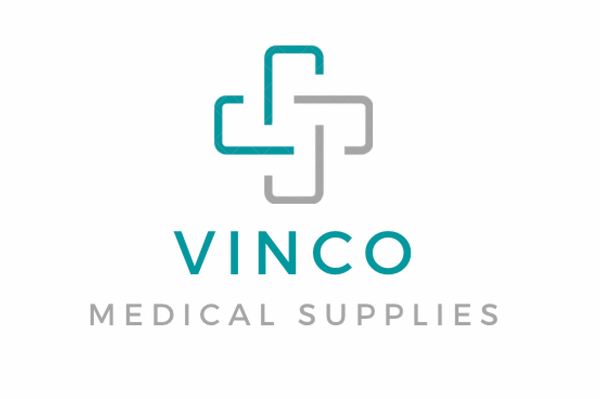In the bustling environment of a clinic, where healthcare professionals attend to patients' diverse needs, ensuring safety and hygiene is paramount. Among the array of precautions taken, the simple act of donning gloves before a physical examination holds significant importance. While it may seem like routine protocol, understanding the underlying reasons behind this practice illuminates its essential role in patient care. Let's delve into why gloves are a crucial component of clinic exams.
-
Infection Prevention: Gloves act as a barrier against pathogens, safeguarding both patients and healthcare providers from the transmission of infectious agents. During physical examinations, direct contact with bodily fluids or contaminated surfaces is inevitable. Gloves serve as a frontline defense, reducing the risk of cross-contamination and the spread of infections such as MRSA, influenza, and hepatitis.
-
Patient Comfort and Trust: Beyond their protective function, gloves contribute to the overall comfort and sense of security for patients undergoing examinations. By visibly demonstrating adherence to hygiene standards, healthcare providers instill confidence and trust in their patients. This simple gesture fosters a positive patient-provider relationship, essential for effective communication and patient compliance with treatment plans.
-
Professionalism and Ethical Practice: Utilizing gloves during physical exams upholds professional standards and ethical principles within the healthcare field. It signifies a commitment to patient well-being and adherence to established guidelines for infection control. Moreover, it communicates respect for patients' dignity and privacy, reinforcing the principles of patient-centered care.
-
Reducing Occupational Hazards: Healthcare providers face occupational hazards daily, including exposure to bloodborne pathogens and hazardous chemicals. Gloves serve as a crucial protective measure, minimizing the risk of needlestick injuries, skin irritation, and allergic reactions to medical substances. By prioritizing the safety of healthcare workers, gloves contribute to a healthier and more sustainable healthcare workforce.
-
Enhancing Efficiency and Workflow: In a fast-paced clinical setting, efficiency is key to delivering timely and effective care. The use of gloves streamlines examination procedures by minimizing the need for frequent handwashing and sterilization between patient encounters. This optimized workflow not only saves time but also allows healthcare providers to focus more on patient assessment and treatment planning.
Incorporating gloves into routine clinical practice goes beyond mere compliance with regulations; it embodies a commitment to excellence in patient care. By prioritizing infection prevention, patient comfort, professionalism, and occupational safety, gloves play an indispensable role in maintaining the integrity of clinic examinations. As healthcare providers, it is our collective responsibility to uphold these standards and ensure the well-being of both patients and practitioners alike. Check out our medical exam gloves here!
